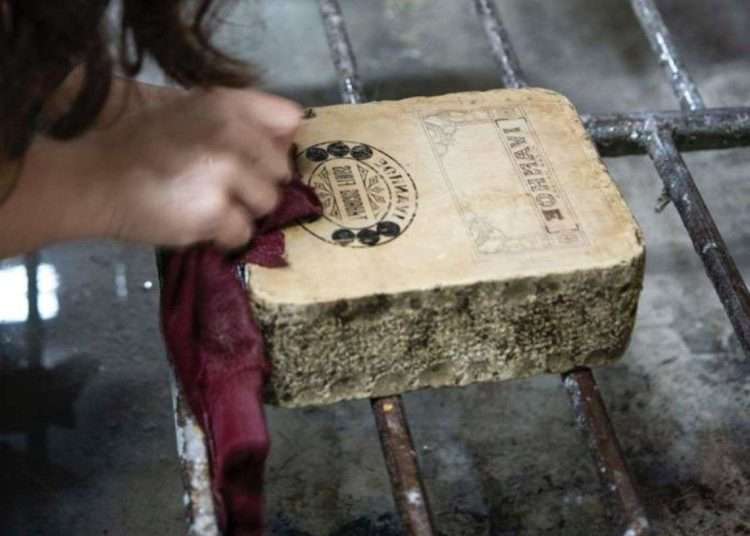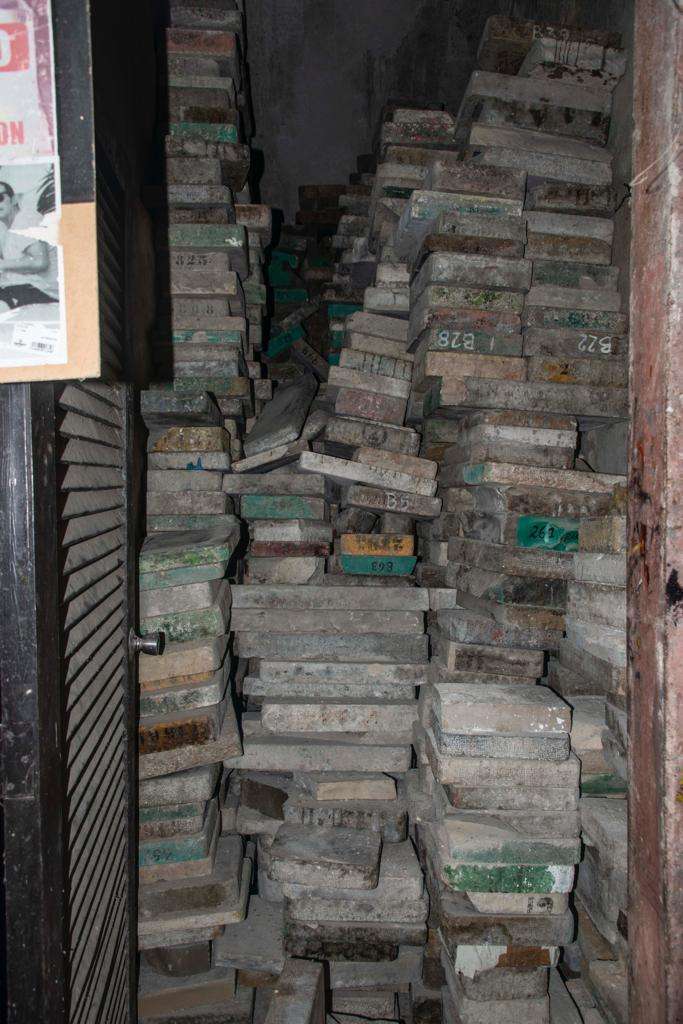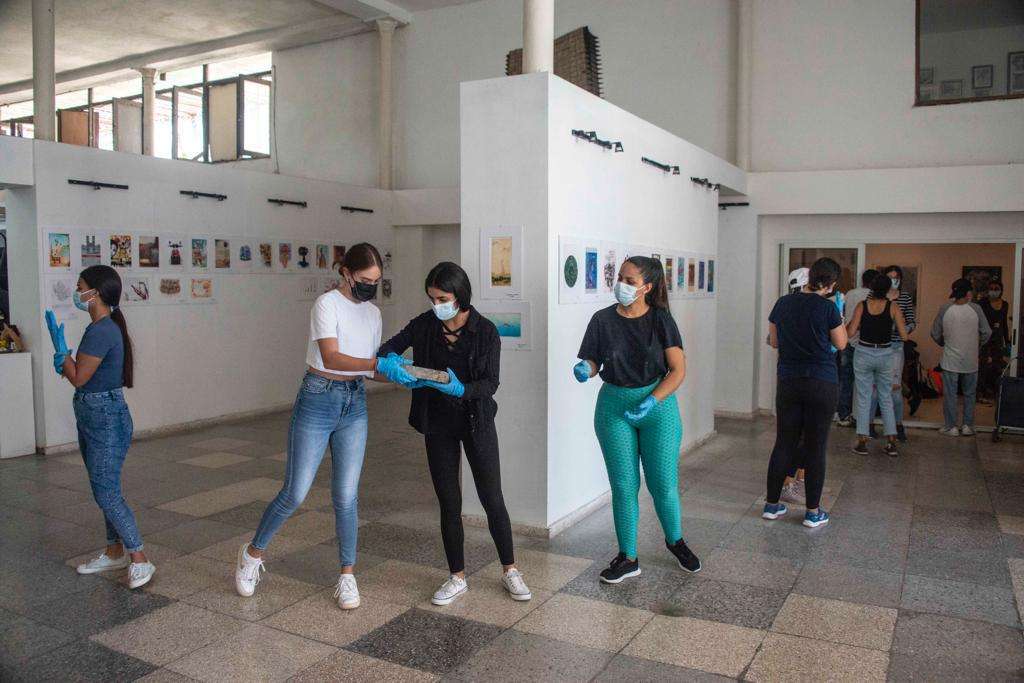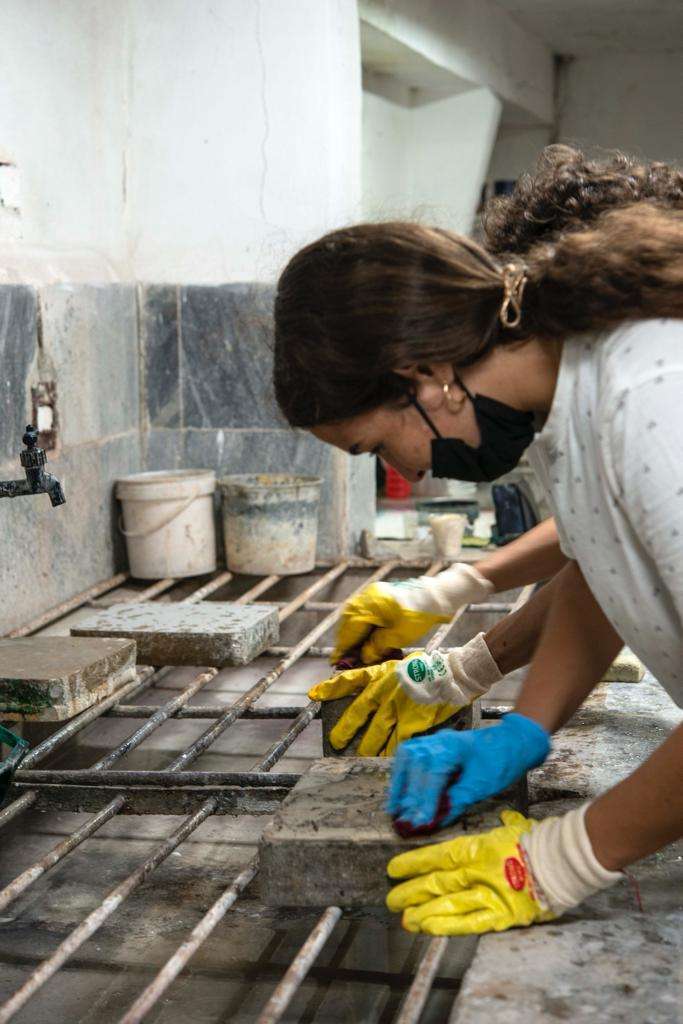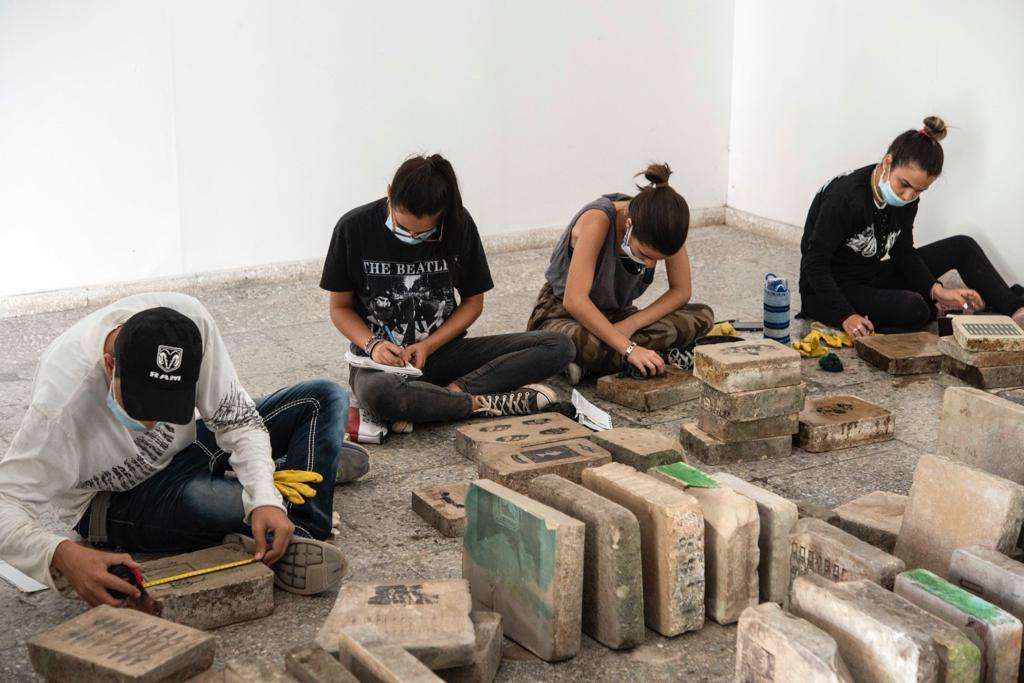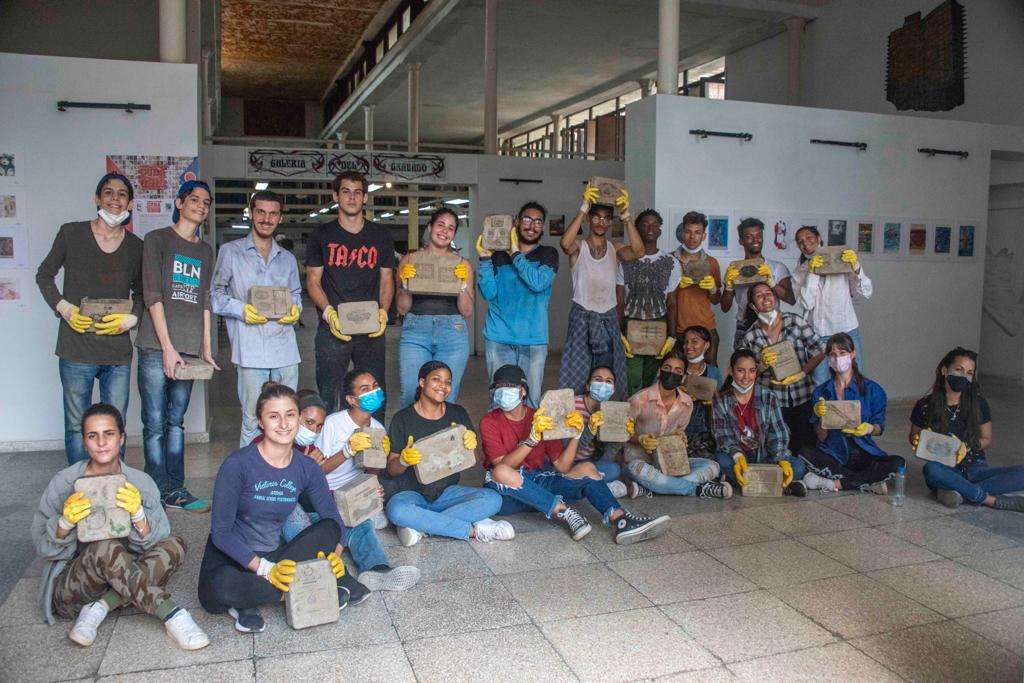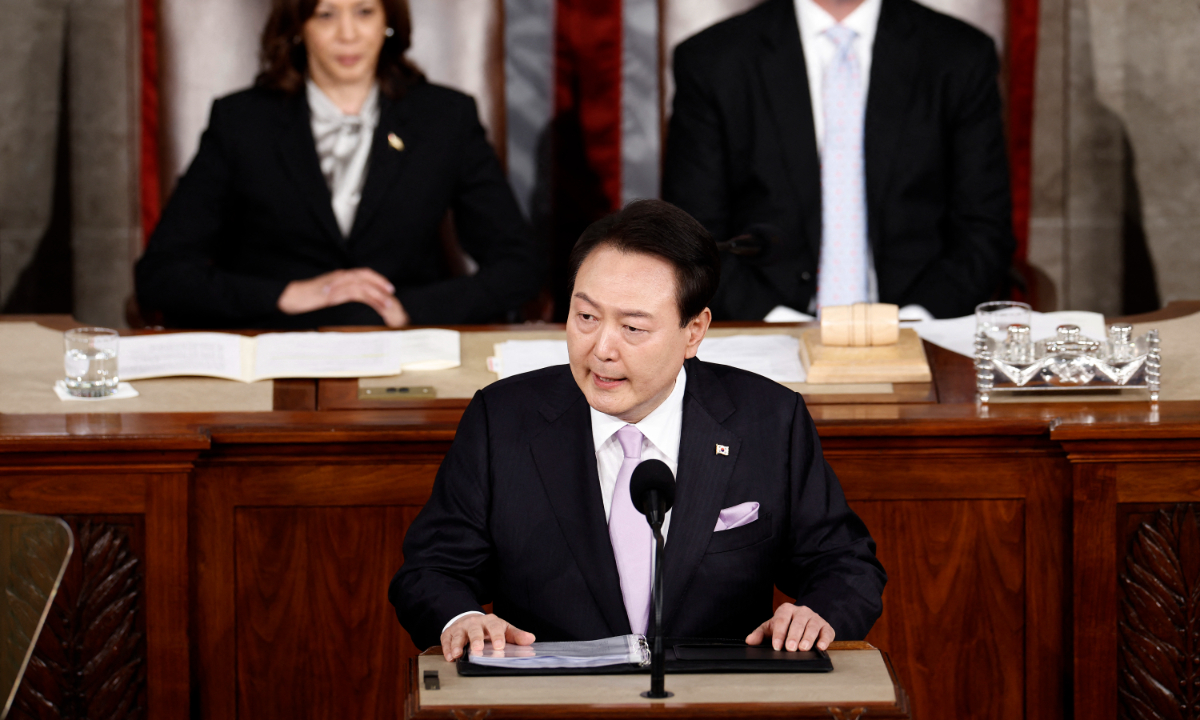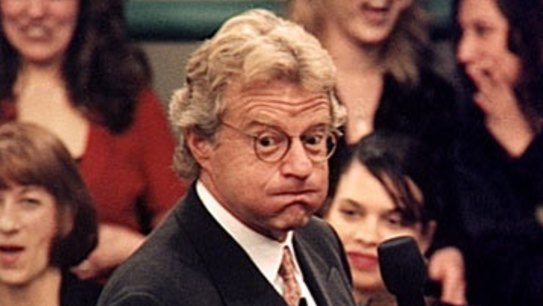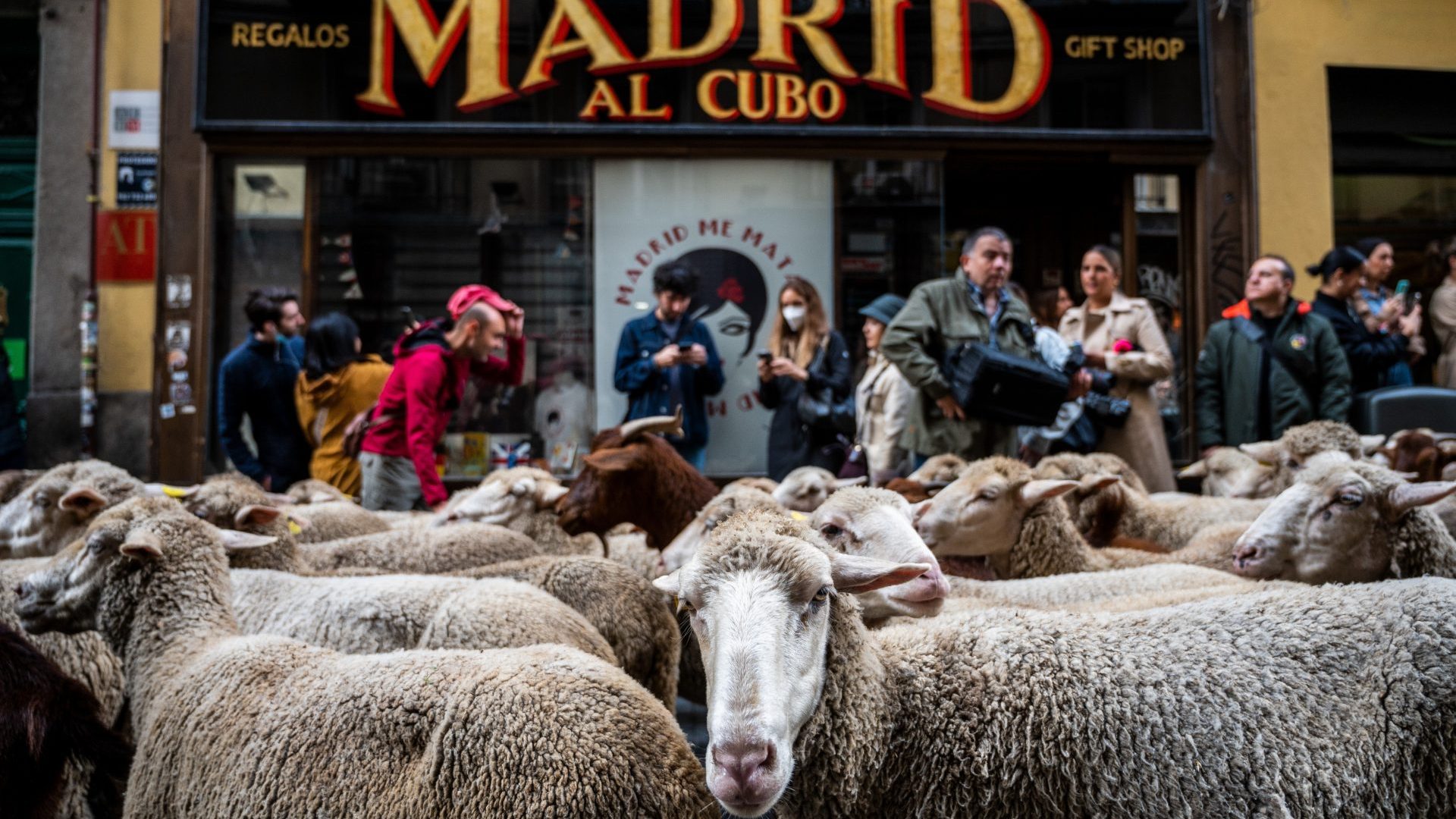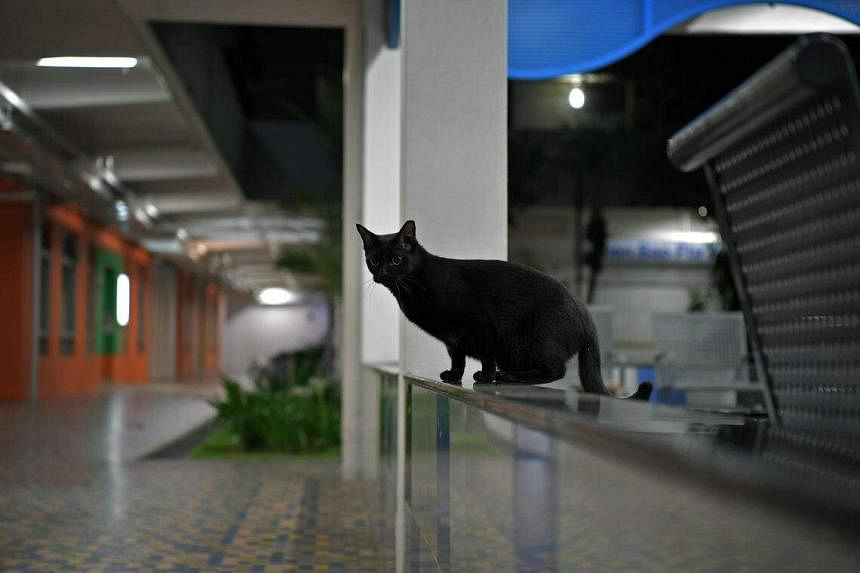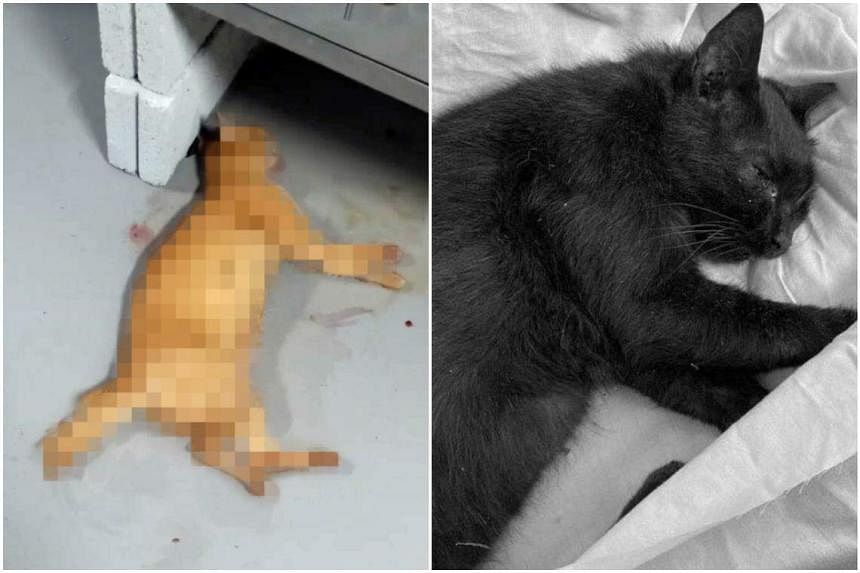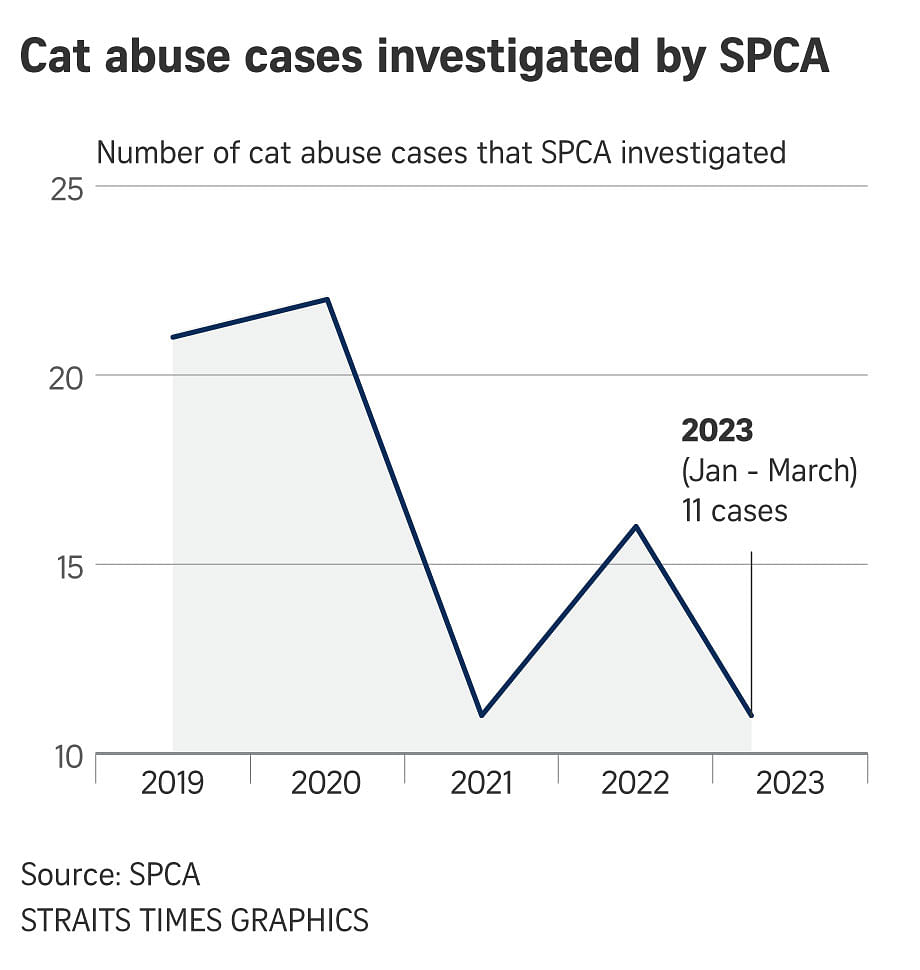I will point out here some data and considerations to contribute to an alternative vision within the impressions shared on social networks and reports, with different discourses.
April 28, 2023
in In plain words
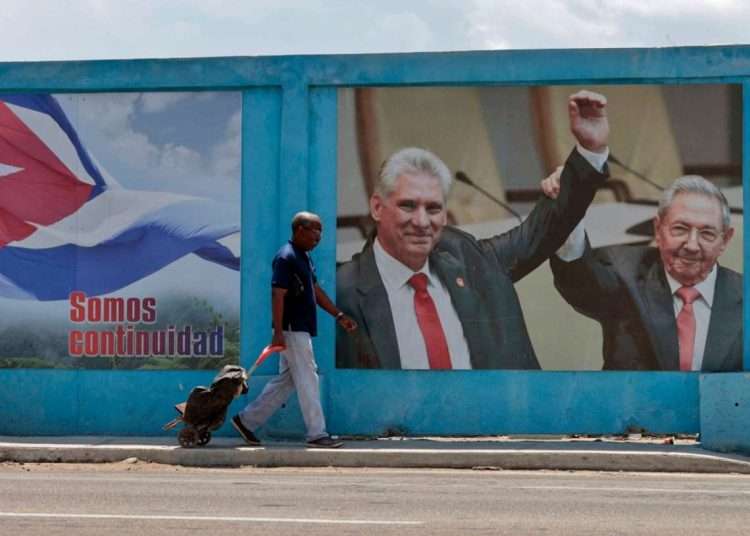
Photo: Ernesto Mastrascusa/EFE.
In these brief notes, I limit myself to arguing to what extent the last elections for deputies to the National Assembly of People’s Power (ANPP) in Cuba show significant changes. I am not trying to defend a thesis or give an opinion on what I would like to happen, but to record those changes, in what distinguishes this process, that is, in its own terms.
Given the brief space and the nature of this publication, I will point out here some data and considerations to contribute to an alternative vision within the impressions shared on social networks and reports, with different discourses, prevailing in the formation of public opinion.
In general, these discourses do not explain the functioning of the political system, and above all, they ignore differences and nuances that can be found in the impartial examination of the available data on candidates and voting results. Although I have analyzed elsewhere the last three elections, in 2008, 2013 and 2018, the exhaustive comparison with these would be the subject of another text.

The size of the ANPP in 2023 was reduced from 605 to 470, that is, 22.3% less seats. This reduction was based on the regulation established in the 2019 Constitution, according to which, there would be a deputy for every 30,000 inhabitants, or a fraction greater than 15,000, in each municipality.
In the process of conformation of the ANPP, the popular vote, since 1992, has played a role in two decisive moments. The first, by electing the base delegates, publicly nominated in open candidacies and voted in direct and secret suffrage, who constitute the pool for half of the ANPP.
The second, by confirming or rejecting, through direct and secret suffrage, the selection previously made by mass organizations, municipal assemblies and electoral commissions at the municipal and national level.
According to data provided by the National Electoral Council (CNE), some 19,000 pre-candidates formed the starting list, made up of 12,427 municipal delegates elected throughout the country, and the proposals of electoral organizations and commissions.
This list was reduced to 4,000, which were the pool of nominees. Debated in 900 meetings between the mass organizations, the Municipal Assemblies of People’s Power, and the commissions themselves, this list was reduced to the 470 seats of the new ANPP.
So, the ratio between pre-candidates and each seat was 40. This filtering process, not the open candidacy, is the decisive one in the configuration of the new ANPP.
To this configuration corresponded 221 grass-root delegates, originally nominated and voted openly, almost half (47.02%) of the recently constituted 10th Legislature. According to the CNE, the mass organizations and the commissions proposed and elected another 249. As I noted above, in a process that is characterized by nominating and at the same time electing a candidacy, which the popular vote merely confirms.
Compared to previous elections, the proportion of grass-root delegates in this nomination was the same (47% in 2018). The main difference was in the meetings between those 470 nominees and their voters in each municipality. These had a different extension and intensity than other years.
For seven weeks, between February 6 and March 24, all the nominees visited the municipalities they would represent in the ANPP. In the current context of crisis, these exchanges between voters and nominees did not have a ceremonial bias, but rather opened up another style and, possibly, a real and close commitment between municipalities and deputies.
Votes: the macro
As is known, in these elections more than 75% of the electoral registry voted.
The province with the lowest electoral participation was, as expected, Havana (65%). It was followed by Holguín (72.8%) and Guantánamo (73.8%). Those with the highest attendance at the polls were Ciego de Ávila (86.1%) and Matanzas (83.88%). These two provinces were also the ones that voted the least blank ballots: Matanzas (4.57%), Ciego (4.98%); together with Camagüey (4.99%).
The ones that deposited the most blank votes were Pinar del Río (8.22%), Holguín (6.9%), Villa Clara (6.82%) and Sancti Spíritus (6.69%). All above the most abstentionists, Havana (6.66%) and Guantánamo (5%).
The ones with the most annulled votes were Mayabeque (5.84%) and Havana (5.1%). The ones that voted the least were Guantánamo (1.98%), Santiago (2.44%), Granma (2.52%), Holguín (2.75%), Ciego de Ávila (2.82%) and Isla de la Juventud (1.66%).
The blank vote can be taken due to disagreement or disapproval, discomfort with the economic situation; that is to say, as a protest vote, as it is usually called. It can also be a vote against those candidates. Or the system as such.
As for the annulled vote, this is even more uncertain, and cannot be mechanically added to the blank votes. Anyone who has seen a vote count knows that writing a sentence on the ballot, no matter what it says, leads to an annulment. I have seen ballots annulled for saying that “I vote No because this Constitution does not have an article that protects animals” or “I fully support this Family Code.”
Indeed, if one carefully observes the differences between the provinces, it will be found that abstention, blank vote and annulled vote are not in line in most cases, as would be logical if all expressed political opposition to the government or to the system.
I wonder how the results are interpreted in any other country, where voting is not compulsory, just like here: are those who are not going to vote, do not vote for any of the candidates, or write on the ballots, are they counted as opposition to the system?
Some observers have pointed out that “the deputies were elected by 71% of the valid votes cast (that is, by those that were not blank or null).” But naturally, there were candidates who were elected with a vote lower than 71%.
Regarding the question of the united vote, almost all the provinces, with the exception of Havana and Artemisa, reached more than 70% of the vote for all the nominees. However, the data on the provinces that followed this slogan the most and the least show a significant configuration.
The territories that were above the national united vote of 72.10% were Isla de la Juventud (77.4%), Las Tunas (76.2%), Granma (75.4%) Guantánamo (74.0%), Santiago de Cuba (74.4%), Sancti Spíritus (73.37%), Villa Clara (73.85%) and Pinar del Río (73.33%).
Those that least voted for the complete candidacy were Havana (68.45%), Artemisa (69.82%), Matanzas (70.11%), Ciego de Ávila (70.28%), Camagüey (70.30%).
When taking a careful look at these two groups and comparing them with the configurations of abstention/blank vote/null vote, it will be found that Havana is consistent, but others not so much.
For example, the provinces with the best participation rates and valid votes, Matanzas, Ciego de Ávila and Camagüey, cast fewer united votes, while they were among those with the fewest blank votes. That is, they voted more, better, but at the same time, more selectively.
These results could lead to a reflection on the raison d’être of the united vote. Especially when the logic of the vote did not follow, in many cases, that “lesser-known candidates” are at a disadvantage.
This apparent inconsistency, which seems to reflect contradictory or chaotic behavior of the electorate, may have causes that require a deeper analysis of political behavior in the various regions, and which we do not usually do.
The vote: the micro
By closely examining the structure of the vote, it is possible to see who was the most and least popular.
Of all the candidates, the ones that gathered the most votes at the national level, with 92% of the valid vote or more, were:a gynecologist (97.54%),
a female Polytechnic professor (95.68%),
a female municipal enterprise lawyer (95.54%),
a female municipal government official (95.25%),
Raúl Castro (94.97%),
a senior leader of the Council of Ministers (94.9%),
a female laboratory technician (94.77%),
a female nurse (94.7%),
a female judge (94.56%),
an Olympic athlete (94.44%),
a female vice-president of the Council of Ministers (94%),
a female sports referee (93.86%),
a female leader of the People’s Council (93.80%),
a female leader of the ANPP (93.7%),
a female leader of the People’s Council (93.66%),
a female primary school teacher (93.6%),
an ICAP leader and National Hero (93.37%),
a female president of the People’s Council (93.36%),
a doctor and hospital director (93.34%)
a female president of the Municipal Assembly (93.31%),
a female enterprise director (93.23%),
a female primary school teacher (93.01%),
a female secondary school teacher (93%),
a female state director of commerce (92.96%),
a female enterprise director (92.84%),
a female scientific leader and member of the Political Bureau of the PCC (92.73%),
a female high-performance athlete (92.58%),
a female municipal health leader (92.45%),
a doctor (92.33%),
a president of the People’s Council (92.29%),
a female officer of the Ministry of the Interiorl (92.28%),
a female municipal management official (92.19%),
a general of the Revolutionary Armed Forces and member of the Political Bureau of the Communist Party of Cuba (PCC) (92.15%),
a female art instructor (92.11%),
a leader of the ANPP (92%).
When going through the list of 48 candidates with 91% or more of the votes throughout the country, it is noted that 38, that is, 79%, of this select group were women.
In general, the candidates who reside in the municipalities were the most popular, but also the least popular. The logic that the most voted were the best known was not fulfilled here either.
For example, in a municipality of Havana (Plaza), where the best-known candidates obtained less than 80% of the votes, the representative of a religious association of African origin, which lacks public projection, and in the area of the capital with the least legacy of Santeria, was the most voted, with almost 90% of the votes.
On the other hand, the representative of a popular religious association in a working-class area (Centro Habana) obtained the fewest votes in the municipality, while the candidate with the most votes turned out to be an artist of a rather unpopular genre in that area of the capital. At the same time, none of the other 16 artists who made up the candidacy, some very frequent on TV, obtained the highest number of votes in their respective municipalities.
On the other hand, among the least voted by municipality at the country level were some well-known among their voters: a provincial leader of the PCC, a representative of the unions, a governor, a religious leader.
At the same time, in the same municipality where leaders of the PCC and the local People’s Power had fewer votes at the national level, the most popular was a leader of the Council of Ministers, with 91.7% of the votes.
Who are the deputies in the ANPP 2023
Of the 470 members of the new ANPP, 303 are new deputies for a total of 64.46%. This renewal rate was above that achieved in the last elections, in 2018, where they were just over 50%.
Some changes in the profile of those elected with respect to the 9th Legislature are relevant. For example, in 2018, the entire Council of Ministers had seats in the ANPP. In this one, there are only 13 members, which represents only 42% of the Council of Ministers, and 3% of the Assembly.
By simple inspection, it is noted that there is a higher presence of representatives of the People’s Power of the municipalities (107); university professors (21) and teachers (15); leaders of educational institutions (22); health workers (31); natural science scientists (13); artists without posts (17). There is the same number of military (23); a slightly smaller number of agricultural cooperative members (15); a similar proportion of religious leaders (3).
The main deficit is the lack of representation of entrepreneurs and workers in the private sector. As well as the low presence of mass organizations. The latter, whose role is defined as key in the conformation of the candidacy, have a relatively minor weight in its composition. The 19 deputies that represent them are 4.04% of the ANPP, compared to 9.25% in the outgoing ANPP.
The characterization on the profile of the deputies, however, requires going deeper and with more detailed qualitative elements, which are not contained in this simple picture.
Subject to returning at another time to the new Council of State, and to the changes in the Council of Ministers, to put them into perspective, I will only briefly point out, before finishing, a couple of considerations….
Renewals and continuities
The Council of State, with 21 members, was renewed by 43%, incorporating a biotechnology leader, a female social worker, a female municipal president and another female president of a People’s Council, a female hospital director, a female enterprise director from the energy sector, a female Paralympian athlete, a union leader of economists, a student leader and a historian.
To affirm that it did not change, because “the senior staff” is still aging and is the same, is more an a priori statement, based on expectations, than a well-founded political assessment.
Nor is it appropriate to confer on the age of the President of the Council of State the evidence that nothing can change when the other two members of the presidency are both under 60 years of age. Not to mention the other members of the Council, in particular the women and the new ones, who contribute their visions and local experiences from outside the capital.
Regarding the changes in the Council of Ministers, I limit myself to reminding that this recently elected government is headed by the same president, in his second term.
When Raúl Castro took office as president, in 2008, he changed 12 ministers, 9 of them the economic team of the cabinet. Even though it was the same party, as we all know, he made all those changes, which affected some of Fidel Castro’s appointees. It wasn’t so much like that in his second term.
When Díaz-Canel took office, he incorporated 11 new ministers into the 33-position cabinet. Of the team of ministers and presidents of central organizations with which he inaugurated his first term in 2018, 8 members remain in the newly appointed Council of Ministers. The remaining members of the cabinet have been replaced in the last five years; in some cases, such as the Central Bank, more than once. Of the 4 ministers replaced in 2023, 3 were in the cabinet from the government of Raúl Castro.
The first substantive question is whether there is, this time, the political will, at the highest level, to convert the ANPP into an institution whose weight in national politics corresponds to the new Constitution, and which is on par with the present moment.
The second is whether, in his second term, the current president will make the legacy of Raúl Castro, and his reformist imprint, the foundation of the so-called continuity. A continuity that can only be made politically effective by changing everything that must be changed.

Rafael Hernández
Politólogo, profesor, escritor. Autor de libros y ensayos sobre EEUU, Cuba, sociedad, historia, cultura. Dirige la revista Temas.
